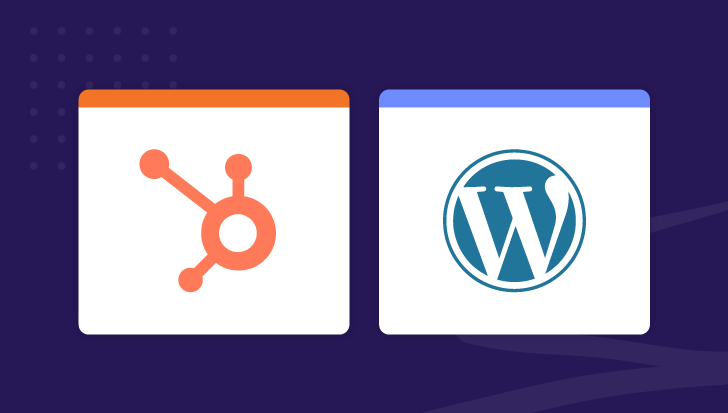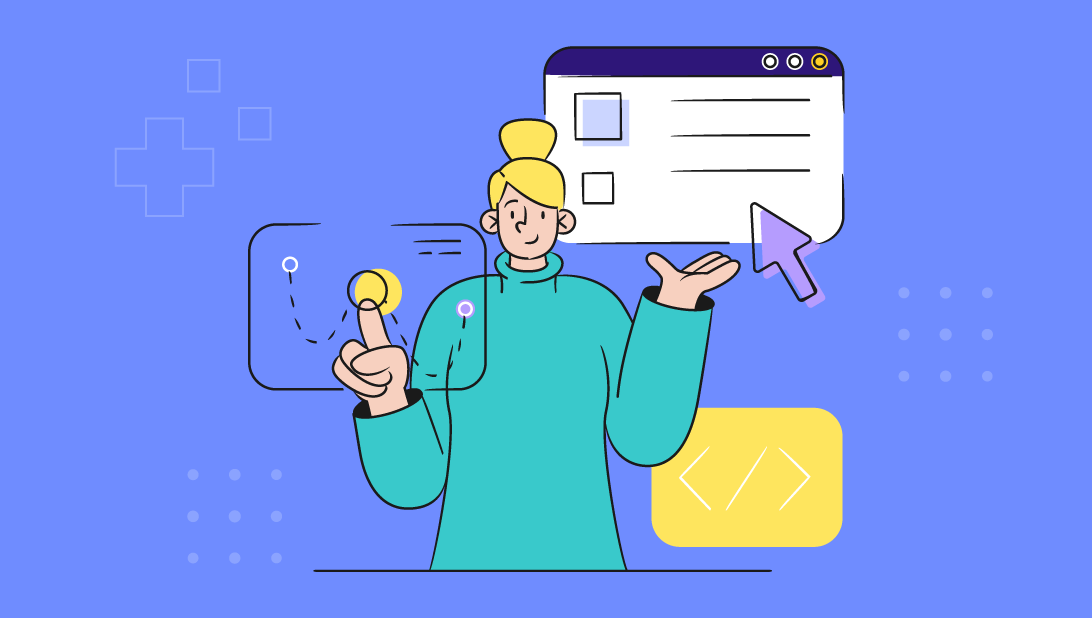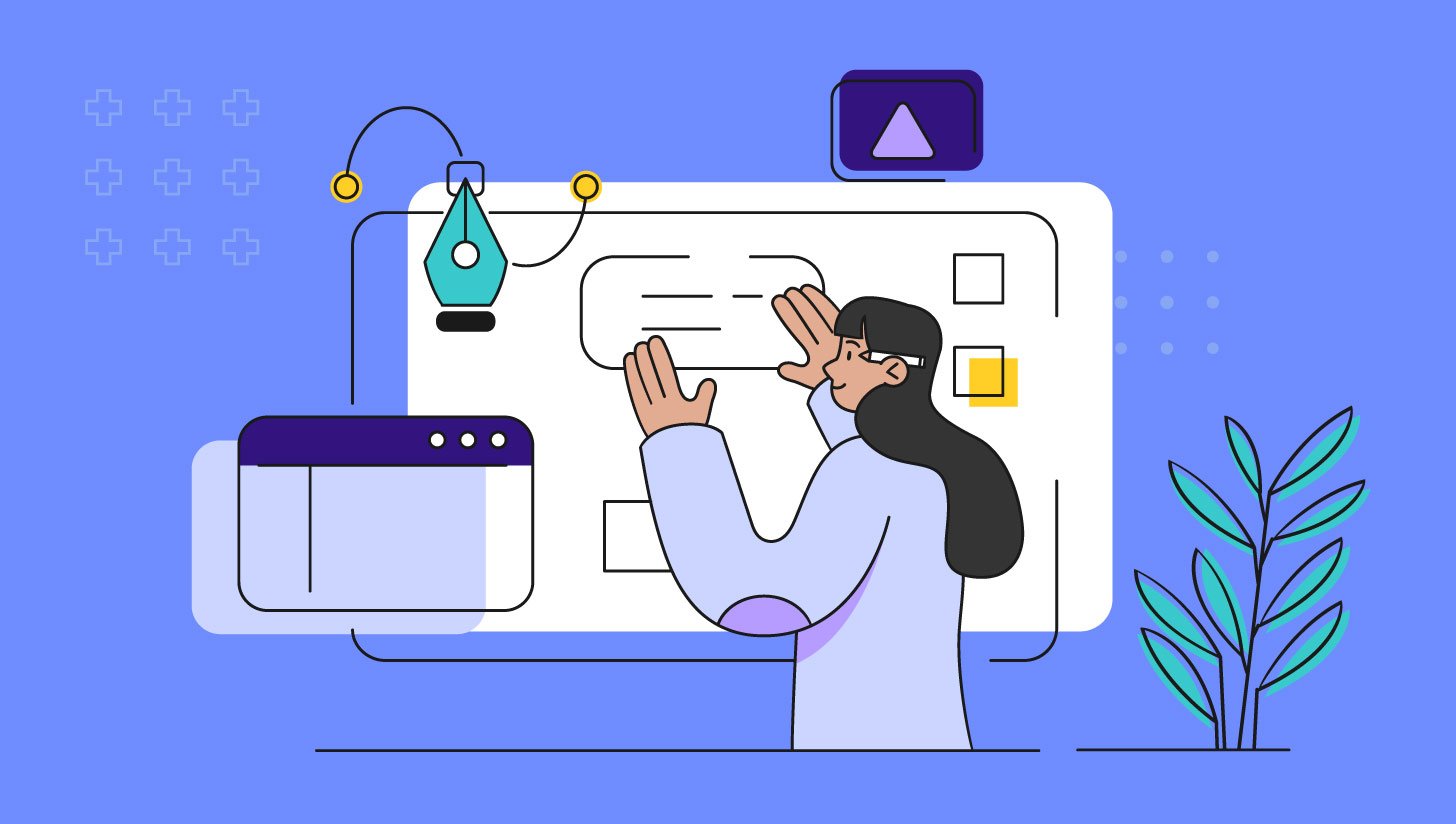

The B2B space is one where buyers have a lot of choice. In fact, today's B2B buyer conducts approximately 12 online searches before making a purchase from a specific brand. Gartner predicts global public cloud spending to grow at a rate of 21.7% to reach $482 billion in 2022.
Wondering how to reach the right audience in a crowded market? We created this guide based on our industry experience guiding SaaS clients like you to success.
SaaS represents a low cost, agile way for users to access software – and for SaaS companies that means there’s a lot of opportunity, but also a lot of competition.
You’ll be competing against an industry of talented and driven companies like yours, all vying to direct potential customers to their website and convince them to sign up.
This means that your website not only needs to have the right design, but it should also address pain points — particularly because it’s the first interaction visitors will have with your company. Consider your website as the first salesperson your future customers meet — in which you attract, inform, and (with the right strategy) convert visitors to leads, and leads into users of your software.
In this article, we’ll share six elements that a SaaS company’s website must have to engage visitors and ultimately convert them into subscribers.
Responsive design is all about how well-adapted your site is to different devices. The number of mobile devices is predicted to hit to reach 18.22 billion by 2025, and people rarely browse the internet solely from their desktop computer. In fact, mobile accounts for approximately half of web traffic worldwide.
That means making your website compatible with and user-friendly for mobile devices is an absolute must. A responsive site is different from building a separate mobile site: it’s building one website that runs smoothly on various devices. Most current CMS platforms have responsiveness baked in, but if your site is older, it’s possible your site is lacking in this area.
Here are some features of a responsive site:
More websites today are designed based on a data-driven approach. (We call it Data Driven Design). It’s a way of building websites that removes guesswork and chance from the equation and relies on hard data to make crucial decisions about your website design and user experience.
In the past, companies would spend a ton of time and money putting together a website and then begin testing its effectiveness once it was up and running. (Many companies still approach it this way.)
In contrast, a data-driven approach starts small, with a minimalist site, and then measures user response (like bounce rates, exit rates, and traffic) and makes changes accordingly. The result tends to be:
Search Engine Optimization (SEO) is a crucial part of building and marketing websites. If your site fails to rank in the top pages of Google (and other search engines), you’ll struggle to attract visitors organically — and ultimately fail to gain any customers through your site.
There are many factors to consider for SEO strategy. The basics involve taking time to research and implement keywords (the words and phrases in your niche that people tend to search for), but there’s much more to learn.
If you don’t have your own marketing team, it would make sense to hire a strategist that understands SEO — whether that means partnering with an agency or consultant. Without a strong SEO strategy it doesn’t matter how well-written and valuable your content is, you’ll find it difficult to generate a meaningful amount of traffic.
An essential part of your SEO efforts should include content. Content is what draws customers in, builds trust, and guides them towards buying your service. It’s a core feature of digital marketing, and SaaS marketing is no exception.
Some tips for creating effective content across your site:
Your SaaS company will (hopefully) solve an important problem for your customers. Start by building your content to address these problems, offer solutions and best practices, and finally, work up to pitching your service and explaining how it works.
The best SaaS websites are right for their intended audience. If your service helps retirees with their finances, for example, your site shouldn’t include images of younger people, nor should your design and other content.
It’s important to take the time to think through who your target persona is and conduct research to really understand their motivations, challenges, and any information that can help you reach them.
One idea for researching your target demographic might include talking to current customers to really understand their motivation behind seeking out or choosing your company’s software. You can also spend time on relevant social media pages and forums, ask questions and send surveys to your email subscribers, and look at industry research.
According to Neil Patel, “It’s common for nearly all SaaS companies to offer a trial.” There are many ways to offer trials and which one you choose depends on your software and customers.
The benefit of trials is that they allow your visitors to try the product without feeling pressured to make a purchase or get locked into a commitment.
It tends to be successful too — research shows that on average, one in four uses of a free trial will convert to a paid subscription. Some tips for getting the most out of your trial include:
Let’s face it, the ultimate goal of a website for a SaaS company is to get subscribers. A good call to action (CTA) helps achieve this by converting undecided visitors to paying subscribers. Your CTA should be direct, to the point, and convincing.
A CTA can ask visitors to:
Building a website for your SaaS company that works will be a challenging task. The bar is set high, and this isn’t an industry where you can get away with a subpar website.
However, if you include the elements above, build on a sound strategy and invest the right amount of time and resources in your site, you’ll soon see a return on your investment with more engagement, leads and subscribers. To learn how Spot On can deliver the best website possible for your company, schedule a time to chat with us.


Rebecca Graves co-founded Spot On in 2012. As a partner and leader of client services, she takes immense pride in being in charge of “client happiness.” The role allows her to wield her problem-solving skills while fostering big-picture perspectives and team building. Rebecca’s more than 35 years of experience have equipped her to translate strategic planning expertise for the advancement of tech companies transforming the healthcare, financial, and legal industries.
Get the latest and greatest posts sent straight to your inbox.


